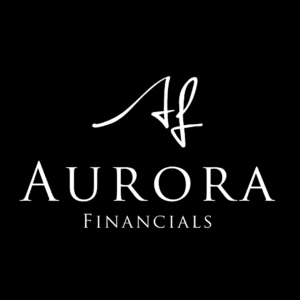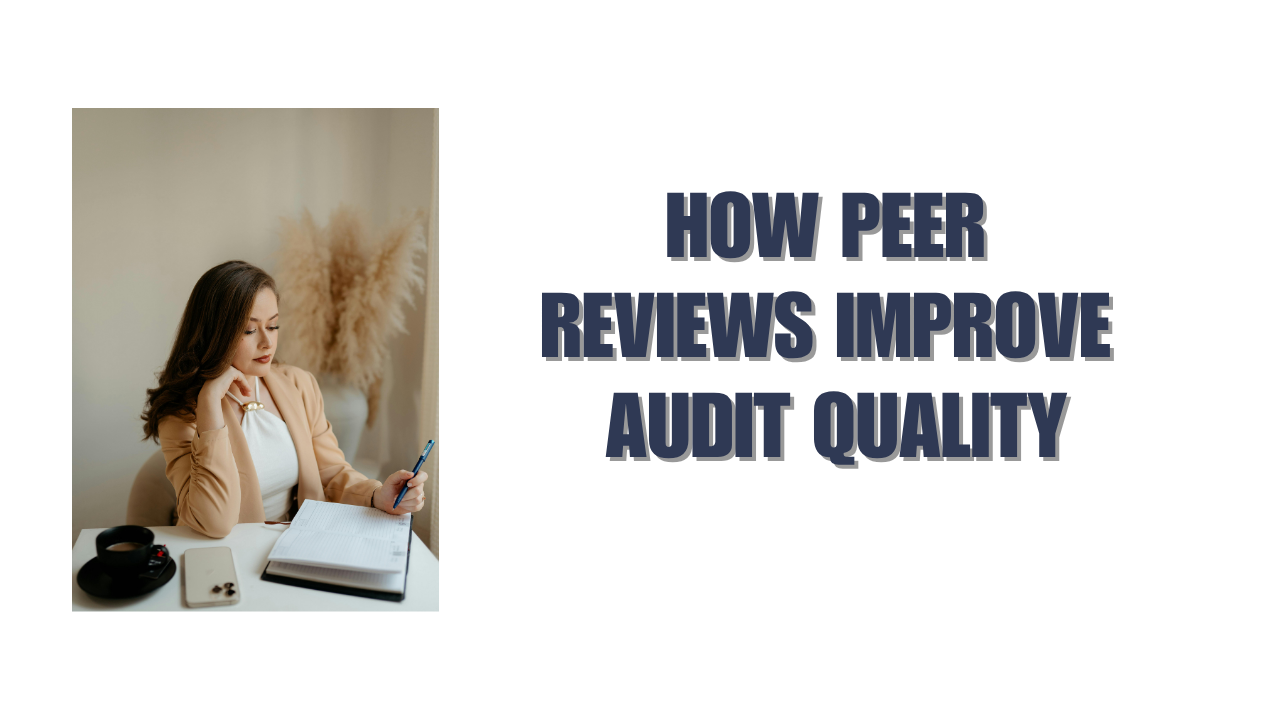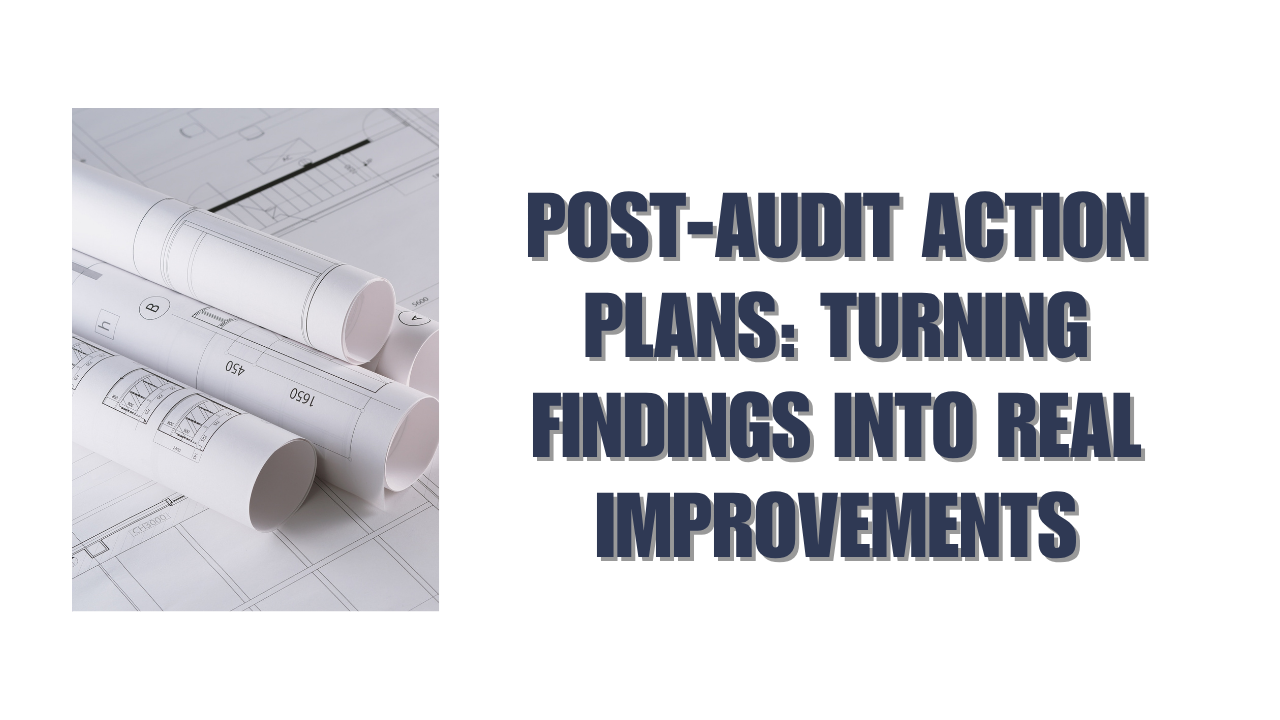In auditing, proper documentation is not just a procedural requirement-it is the backbone of audit quality, accountability, and transparency. Well-maintained audit documentation ensures that findings are verifiable, conclusions are justified, and stakeholders can rely on the audit’s outcomes.
At Aurora Financials, we emphasize documentation standards as a cornerstone of effective auditing. Following these standards not only strengthens compliance but also enhances operational efficiency and supports audit cost savings by reducing rework and errors.
Why Audit Documentation Matters
Audit documentation serves multiple purposes:
- Evidence of Work Performed: Documents the procedures carried out and results obtained.
- Support for Conclusions: Provides a trail showing how audit judgments and findings were derived.
- Accountability: Enables review by senior auditors, regulators, or external parties.
- Continuity: Helps future audit teams understand past findings and actions taken.
- Legal Protection: Proper documentation can protect auditors and the organization in case of disputes.
Failing to maintain adequate records can compromise the audit’s credibility, lead to incomplete assessments, or even regulatory penalties.
Key Standards for Audit Documentation
Auditors should follow several core standards to ensure documentation is reliable, complete, and useful:
1. Completeness and Accuracy
Every audit file should fully reflect the procedures performed and evidence obtained. Missing or incomplete documentation can undermine audit conclusions.
Best Practices:
- Record all testing steps, including methods, results, and deviations.
- Include calculations, reconciliations, and supporting schedules.
- Ensure documentation is factual, clear, and free from ambiguity.
2. Timeliness
Audit documentation should be prepared concurrently with fieldwork. Delayed documentation increases the risk of errors, forgotten details, or misinterpretation of results.
Best Practices:
- Maintain notes during fieldwork rather than retroactively.
- Use electronic systems or templates for real-time recording.
3. Clarity and Organization
Documentation should be structured logically so reviewers can easily understand procedures, findings, and conclusions.
Best Practices:
- Organize files by audit area, risk category, or objective.
- Include tables, summaries, and cross-references for clarity.
- Use standardized headings and consistent terminology.
4. Evidence of Professional Judgment
Audit documentation should reflect the reasoning behind decisions, including risk assessment, materiality considerations, and sampling choices.
Best Practices:
- Explain why certain transactions were tested or excluded.
- Justify significant judgments or assumptions.
- Record discussions with management that informed conclusions.
5. Review and Supervision
Documentation should demonstrate that work has been reviewed and approved by supervisors or senior auditors.
Best Practices:
- Include review notes, sign-offs, or electronic approval logs.
- Document any issues raised during review and how they were resolved.
6. Confidentiality and Security
Audit documentation often contains sensitive financial and operational data. Protecting this information is essential.
Best Practices:
- Store files in secure systems with controlled access.
- Follow organizational policies for data retention and disposal.
- Ensure compliance with data privacy regulations.
Types of Audit Documentation
Audit documentation can take various forms depending on the audit scope and organization:
- Working Papers: Detailed records of testing, calculations, and evidence.
- Checklists: Standardized forms ensuring procedures are performed consistently.
- Flowcharts: Visual representations of processes or controls.
- Reports and Summaries: High-level documentation of findings, conclusions, and recommendations.
- Correspondence: Emails or memos supporting discussions, clarifications, and decisions.
Common Pitfalls in Audit Documentation
Even experienced auditors can encounter documentation challenges:
- Incomplete Records: Missing evidence or steps makes it difficult to verify conclusions.
- Inconsistent Formats: Different structures across files hinder review and understanding.
- Lack of Justification: Failing to explain professional judgment weakens credibility.
- Delayed Entry: Recording findings long after testing increases the risk of errors.
Following standardized documentation practices mitigates these risks and strengthens audit quality.
Leveraging Technology for Documentation
Modern audit software and digital tools simplify documentation while ensuring compliance with standards:
- Cloud-Based Repositories: Centralize files for easy access and secure storage.
- Templates and Checklists: Standardize documentation to reduce errors and omissions.
- Automated Workflows: Track completion, approvals, and follow-up actions.
- Dashboards and Analytics: Provide oversight of documentation completeness and quality.
Aurora Financials integrates technology with professional expertise to enhance audit documentation while improving efficiency and audit cost savings.
Benefits of Following Documentation Standards
Adhering to robust documentation standards provides tangible benefits:
- Audit Reliability: Findings and conclusions are supported by clear, verifiable evidence.
- Operational Efficiency: Reduces duplication of effort and rework.
- Risk Management: Identifies gaps in processes and internal controls.
- Regulatory Compliance: Meets professional, legal, and statutory requirements.
- Enhanced Stakeholder Confidence: Transparent, well-documented audits build trust with boards, investors, and regulators.
Conclusion
Audit documentation is more than a record-keeping exercise-it is a strategic tool that ensures audits are thorough, credible, and actionable. By following standards of completeness, accuracy, clarity, timeliness, professional judgment, and security, auditors provide organizations with reliable insights and strengthen operational and financial controls.
Effective documentation also contributes to measurable audit cost savings, streamlines future audits, and supports informed decision-making. Organizations that prioritize high-quality audit documentation are better positioned to manage risk, improve efficiency, and build stakeholder confidence.
Aurora Financials helps organizations maintain audit documentation that meets professional standards, supports regulatory compliance, and transforms audit work into actionable insights.
Contact Aurora Financials today to learn how our expert auditors can help strengthen your audit documentation practices while maximizing efficiency and value.






